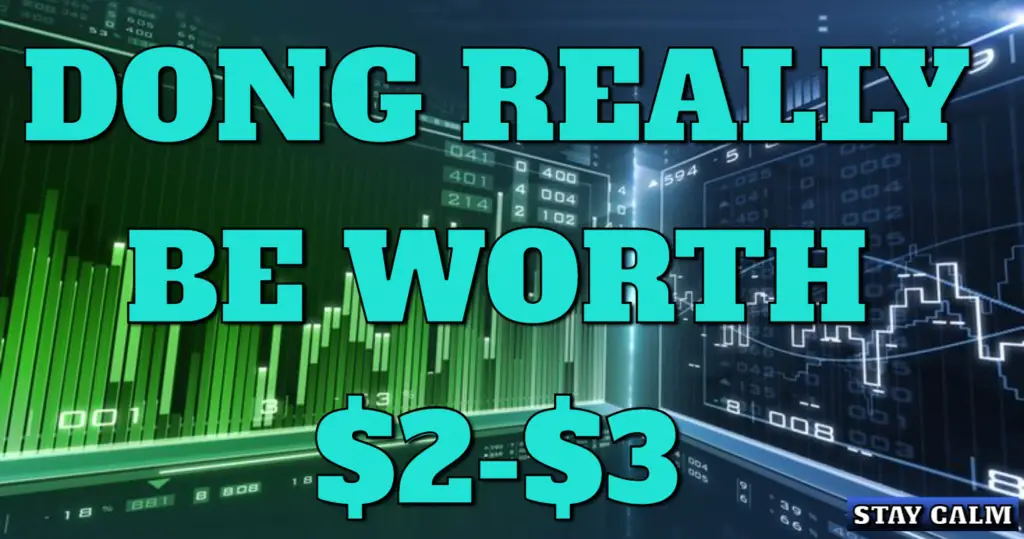
Vietnam Dong Lower Than Expected or Higher? What’s Really Going On?
The Vietnam Dong Lower Than Expected or Higher (VND) has long been a topic of discussion among currency watchers, investors, and even casual observers. Recent shifts in the economy have people asking the big question: Is the Dong’s value going to be lower than expected, or could it actually go higher? Let’s dive into what’s happening with the VND, why it’s so unpredictable, and what that could mean for the future.
Why the (Vietnam Dong Lower Than Expected or Higher) Value Is Under the Microscope
Vietnam Dong Lower Than Expected or Higher has been experiencing rapid economic growth over the last few decades. With a booming manufacturing sector, rising exports, and a stable political environment, Vietnam Dong has drawn attention as a rising star in Southeast Asia. But despite these positives, the Vietnamese Dong remains undervalued compared to major global currencies. This discrepancy is what keeps investors guessing whether the Vietnam Dong will maintain its current low value or finally appreciate as the economy continues to grow.
The Case for the Dong Staying Low
Several factors suggest that the Dong might remain lower than expected. First, Vietnam’s central bank has traditionally kept the currency undervalued to make the country’s exports more competitive on the global market. A weaker Dong means that foreign buyers can get more value when purchasing Vietnamese goods, giving the country an edge in global trade.
Moreover, inflation is another concern. While Vietnam has been able to control inflation relatively well, any uptick could weaken the currency further. If inflation rises faster than economic growth, the value of the Dong could stay lower for longer.
Could the Dong Actually Go Higher?
On the other hand, there’s a case to be made for the Dong increasing in value over time. Vietnam’s consistent economic growth, increasing foreign investments, and strong trade performance are positive indicators. The country is becoming a hub for global manufacturing, attracting investments from tech giants and other multinational companies. As these investments flow in, demand for the Dong could rise, putting upward pressure on the currency.
Additionally, Vietnam’s central bank has been slowly moving toward policies that align more with global standards. As the country integrates further into the global financial system, there could be a push to allow the Dong to appreciate, reflecting its true economic strength.
What’s the Verdict?
So, will the Vietnamese Dong be lower than expected or higher? The answer isn’t simple, and it’s unlikely to be a straightforward one anytime soon. For now, the currency’s value seems caught between opposing forces. On one side, government policies and inflation risks suggest the Dong could stay low. On the other side, economic growth, foreign investment, and global market integration hint at potential appreciation.
What Should You Watch For?
If you’re keeping an eye on the Vietnamese Dong, here are a few key things to monitor:
- Government Policy Changes: Any major shifts in how Vietnam’s central bank manages the currency will be crucial.
- Inflation Rates: Rising inflation could push the Dong lower, while stable inflation could support appreciation.
- Foreign Investment Flows: Increased investment and stronger trade partnerships could lead to a higher demand for the Dong, which could, in turn, boost its value.
- Global Economic Conditions: The Dong’s value is also influenced by global factors, especially those affecting Vietnam’s key trading partners.
Final Thoughts
The Vietnamese Dong remains one of the most talked-about currencies for a reason—it’s unpredictable and caught in a tug-of-war between different economic forces. While there’s no crystal ball to determine exactly where it’s headed, staying informed and keeping track of the latest developments will be key for anyone interested in its future.
Whether the Dong ends up lower or higher than expected, one thing is certain: Vietnam’s economic growth and integration into the global market will continue to shape the conversation around its currency. Stay tuned, as the next few months and years will likely bring more twists and turns for the VND.



